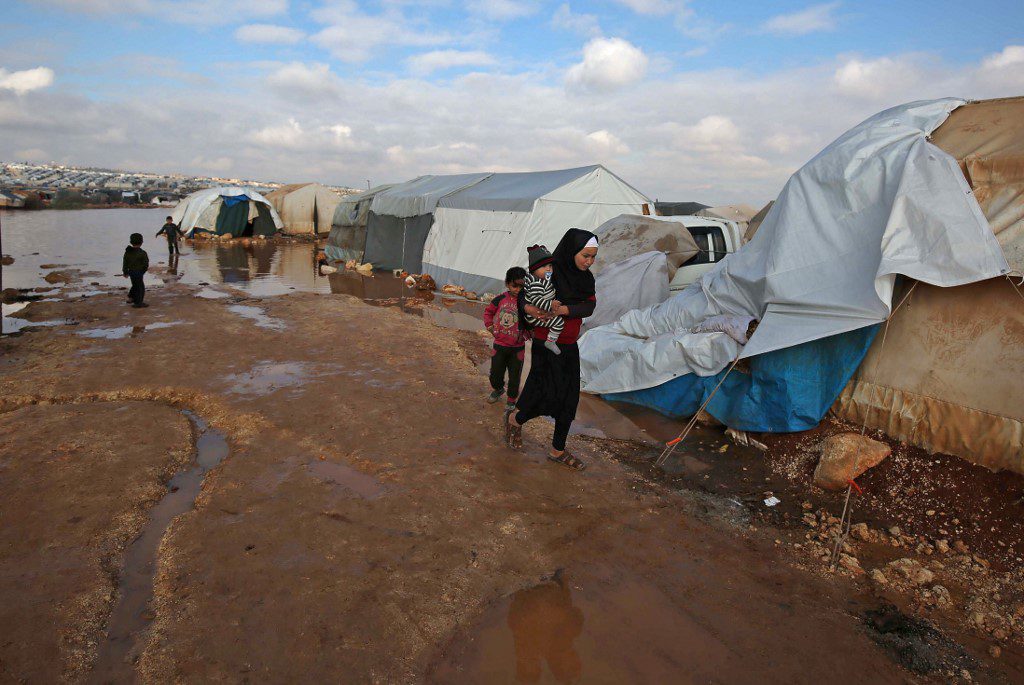
The conflict in Syria produced the biggest wave of migration in the region and one of the worst humanitarian crises in the world. Since March 2011, an estimated 13.5 million people (about half of the country’s population) have been forced out of their homes.
More than 5.63 million Syrians have fled across the border to Turkey, Lebanon, Jordan, Iraq and Egypt, as of August 2021. The total number of Syrian refugees stood at 6.7 million at the end of 2020, according to figures provided by the United Nations High Commissioner for Refugees (UNHCR).
Initially, most Syrians found refuge in overcrowded refugee camps in neighbouring countries (around 48 per cent of Syrian refugees in January 2013). The rest went on to stay in urban or rural areas. This picture has changed from 2013 onwards. As of August 2021, around 95 per cent of all registered refugees lived outside the camps, with just 5 per cent of refugees remaining there.
The fate of Syrian refugees in the region, in the context of economic and security crises in the receiving countries and the fading of the dream of Bashar al-Assad’s exit, is still dire. Read more in Fanack’s overview of their situation between 2016 and 2021.
Or, to know more about how Syrians were forced to flee their homeland, read our overview of their situation from the onset of the conflict in 2011 until 2015.

